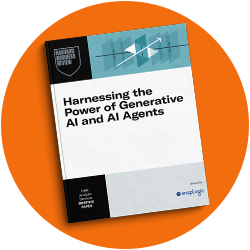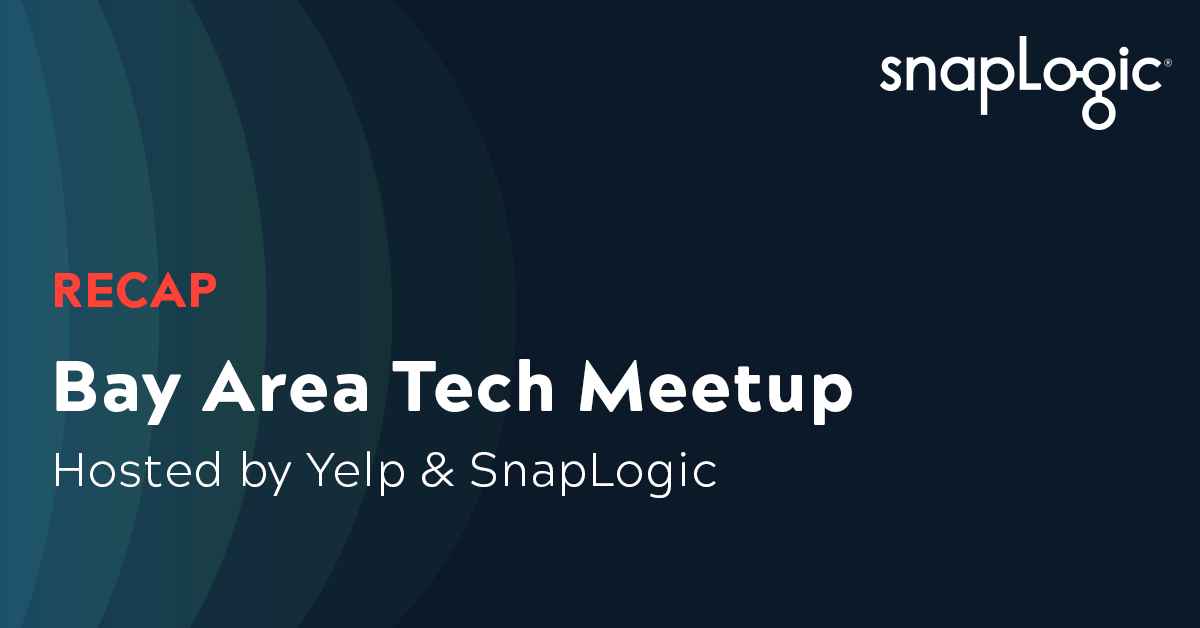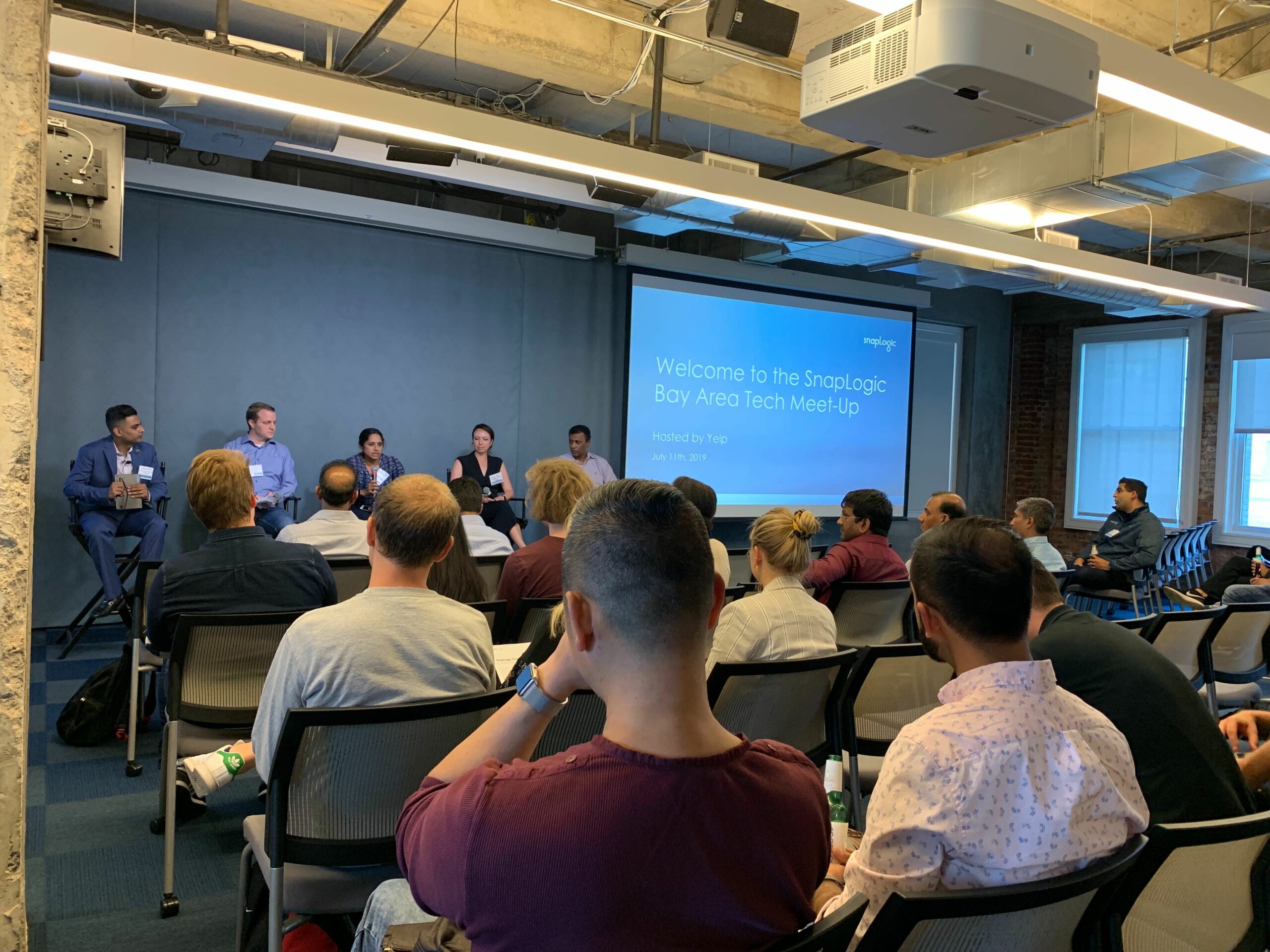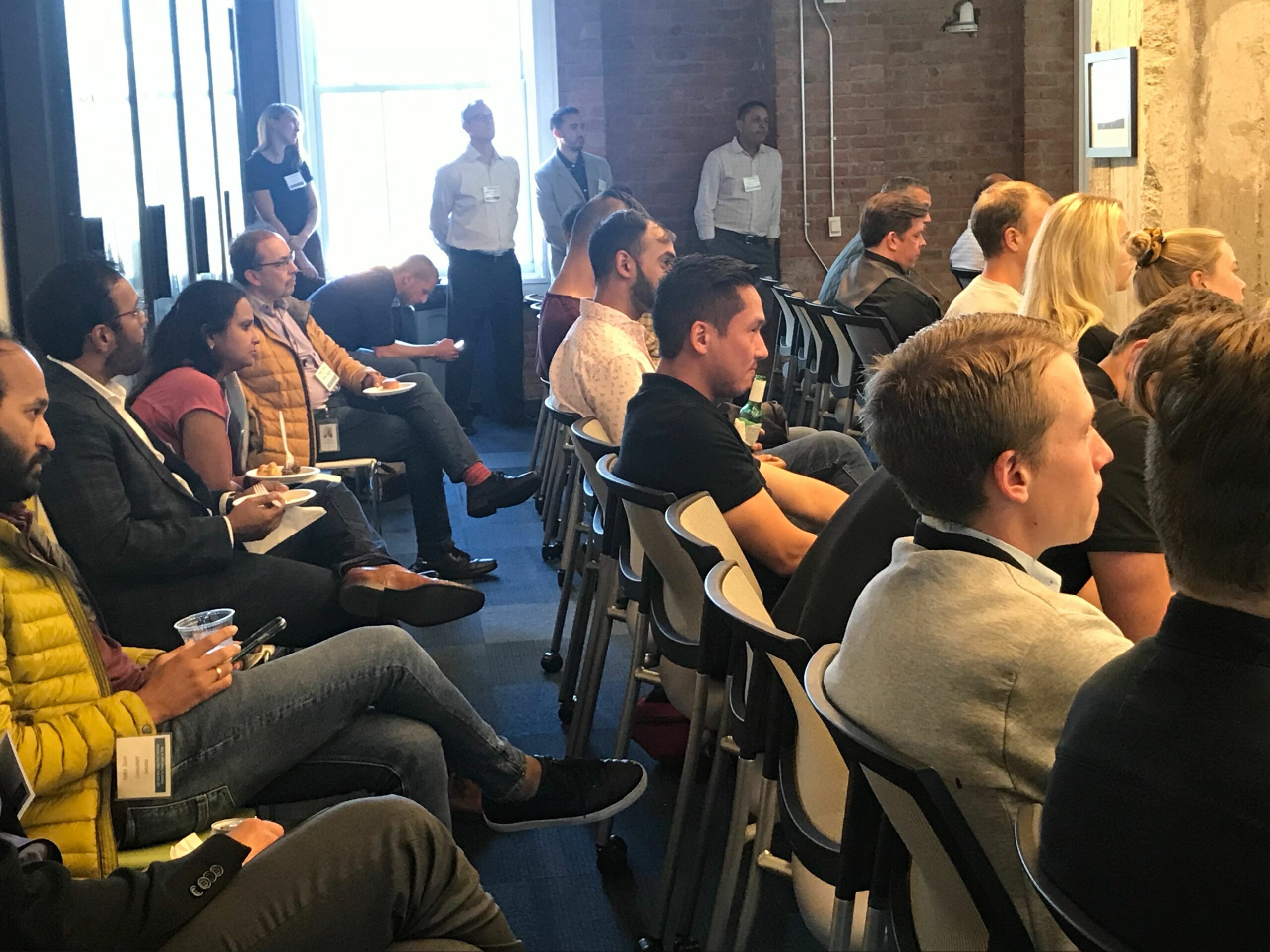To stay competitive in today’s world, organizations need to make swift, intelligent, data-driven decisions. But how can you become data-driven when the challenge of integrating databases and applications continues to grow? This was the topic of SnapLogic’s recent inaugural Bay Area Tech MeetUp, hosted by Yelp in San Francisco. The packed event featured innovative data architects, integration specialists, and business intelligence leaders from cutting-edge companies – all of whom shared creative solutions they’ve employed to make their organizations more data-driven. This engaging panel discussion included the following speakers:
- Yelp: Damon Chiarenza, Manager of Business Intelligence and Data Integration
- Illumina: Hemma Rangaswamy, Enterprise Architect
- Asana: Kaileen Kelly, Enterprise Integrations Manager
- Campaign Monitor: Rajeev Gollamudi, Director of Data and Analytics
These innovators manage complex business requests which require integrating multiple systems and data sources from various business units while maintaining data flow already in place. “Some people [within Illumina] want real-time data, some people want bulk, some people want queueing,” Hemma told the crowd. “…some of them are critical integrations…[and] once they go live we have to support existing ones. We’re proud that we’ve never backed away and are able to do all this.”
“We noticed there was a massive trend of companies working with iPaaS, so we dig into that… we were behind the times with custom Python scripts over five years” – Kaillen Kelly, Enterprise Integrations Manager @ Asana
Elaborating on the challenges the panel members overcame, each referenced how difficult it is to consolidate CRM’s, financial systems, and service desk and ticketing systems at a rapid pace. A common solution was having a flexible and fluid data strategy that allowed them to handle unpredictable change. As Rajeev from Campaign Monitor explained, “the most challenging thing we faced was when our company acquired another company, and then two months later we acquired another company.”
“Engineering couldn’t keep up with the amount of change; it’s just the nature of the analytics space” – Damon Chiarenza, Business Intelligence and Data Integration @ Yelp
Another common challenge was recognizing when hand-coded solutions turned more into a hindrance than an enabler of data-driven decision-making. Kaileen’s team at Asana originally thought writing their own code was a quick solution to integrating massive amounts of data but then discovered that was not the case. “We noticed there was a massive trend of companies working with iPaaS so we dug into that,” Kaileen said. “We were behind with five-year-old custom Python scripts. It was getting hard to find Python developers wanting to write business scripts, and it took so long to learn the Salesforce APIs, so having SnapLogic – which was plug-and-play – was much easier. It was so easy to redo and revamp our pipelines with new data models. Everything went smoothly, and we didn’t have to do any reworking.”
“In terms of ROI, we made an impact on retention. Within the first year, we were covered from the ROI question” Rajeev Gallamundi, Director of Data & Analytics @ Campaign Monitor
We closed the session by discussing productivity. In particular, we talked about how teams often become unproductive – or even become a bottleneck for the business – when trying to make other business units more data-driven. Damon from Yelp explained, “engineering couldn’t keep up with the amount of change; it’s just the nature of the analytics space. One person on our team was able to build integrations from our data governance tool. It’s something we’re really proud of, and we own the integrations [not the engineering team].”
I had a blast moderating this panel and look forward to hosting the next event!













